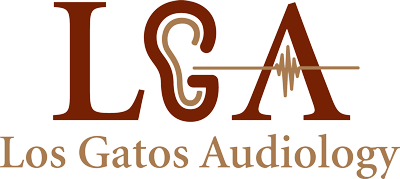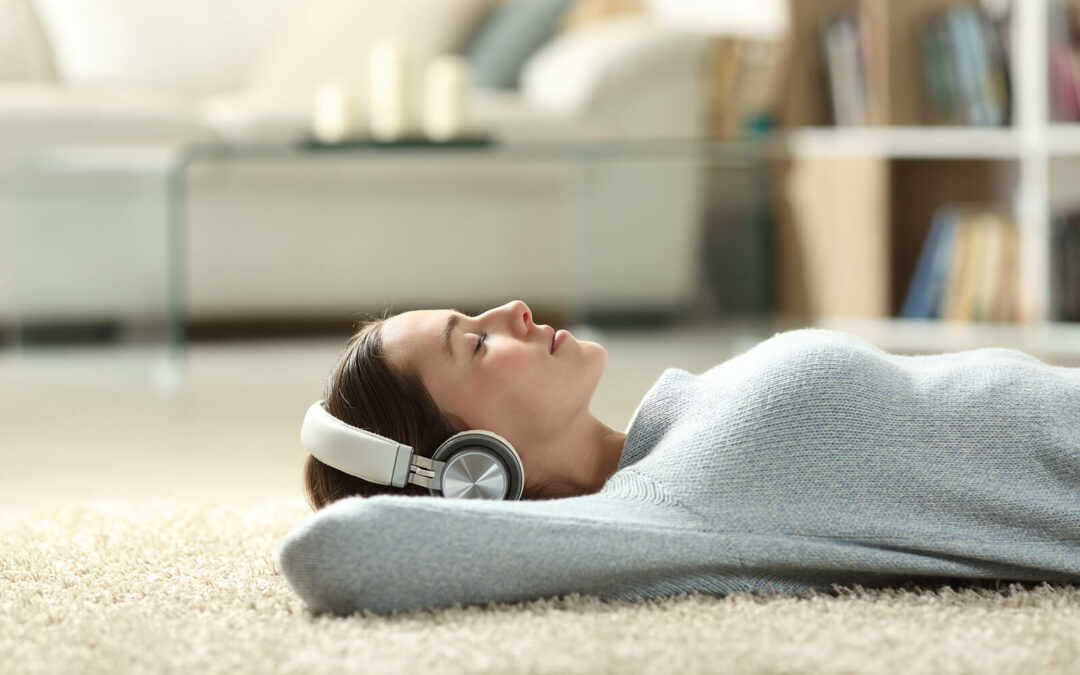Do you enjoy music or podcasts through headphones or earbuds? It’s a convenient way to listen without disturbing the people around you and has been the rage since 1979 with the introduction of the Sony Walkman. Today a recent study found that close to half of younger workers listen to music on their headphones, and believe that it improves performance after work, making them happier, more productive and improves concentration. With Headphones or earbuds in public spaces they create, in a public space, an oasis of privacy, where you can listen to whatever you need to. While headphones are popular in all age groups, statistics show that young adults aged 19-29 years use headphones the most, on average 7.8 hours per week. With listening times like these, it is important to understand safe listening levels. The risks of listening at unsafe listening levels can equal tinnitus (ringing in the ears) and permanent hearing loss!
The Hazards of Noise Induced Hearing Loss
There are an estimated 48 million people in the United States alone living with hearing loss and while the most common cause is related to age, noise induced hearing loss is not far behind. This means that younger generations are rapidly being diagnosed with hearing loss at a rate that previous generations have never faced—due in part to the rise of headphone use in recent decades. Hearing loss starts as a communication issue but quickly starts to affect the quality of your relationships, your earning power at work, your mobility, mood, cognitive function, and physical safety. While for older adults, this has always been a risk, for younger people, this can have a significant impact on the quality of life much earlier on.
The Risk of Unsafe Listening Levels with Headphones
Sound is measured in decibels (dBA) and any decibel level which exceeds 85 dBA can cause hearing loss. However, it is not just the level of sound to take into account but the length of exposure. At 85 dBA it takes 8 hours of constant exposure which can build up over time. However, as the decibels rise the time it takes for damage to occur lessens quickly. For every increase of three decibels the exposure time is cut in half. At 88 dBA it only takes four hours, and at 91 dBA takes two hours. Headphones and earbuds have the potential to deliver decibel levels as high as 100 dBA or more which can cause damage in 15 minutes! Due to long listening times at work and for recreation many people of all ages are experiencing hearing damage.
Listening Safer
While headphones are a useful tool, it is important to know how to listen safely, so you can maintain healthy hearing for years to come. Here are some tips to help you to listen safely.
Lower the volume
It can be tempting to turn up the volume, especially when trying to block out other sounds in your environment. However, if people can hear your headphones while they are in your ears, then they are too loud. Keep the level at no higher than 60 percent of the potential listening volume, to maintain a safe listening level
Wear noise-canceling headphones
Today noise canceling headphones are becoming more and more popular for protecting your hearing while enhancing sound quality as well. Noise canceling technology detects ambient sounds in a room such as a busy café or crowded train and emits an inverted sound which cancels the sound. This means that you don’t have to turn up the volume to unsafe levels to hear over other noises, making it easier to protect your hearing.
Take Listening Breaks
Remember, it is not just the level of exposure but the length of time. You can protect your hearing by taking listening breaks, every 45 minutes or so. Take your headphones out for 30 minutes or so and then put them back in later. It can be the difference between noise induced hearing loss and healthy hearing.
Addressing Hearing Loss
If you suspect you have hearing loss due to headphone use or exposure to noise in any other part of your life, then it is a good idea to test for hearing loss. The sooner you know, the sooner you can address the possible risk of hearing loss. To schedule an appointment, contact us today!


